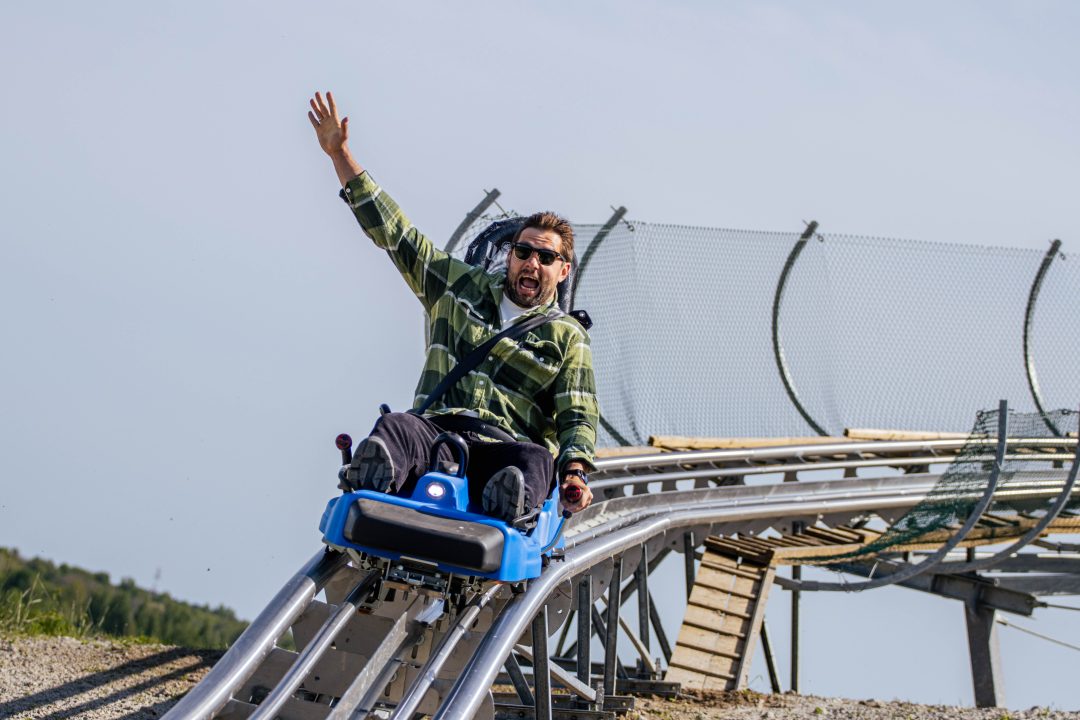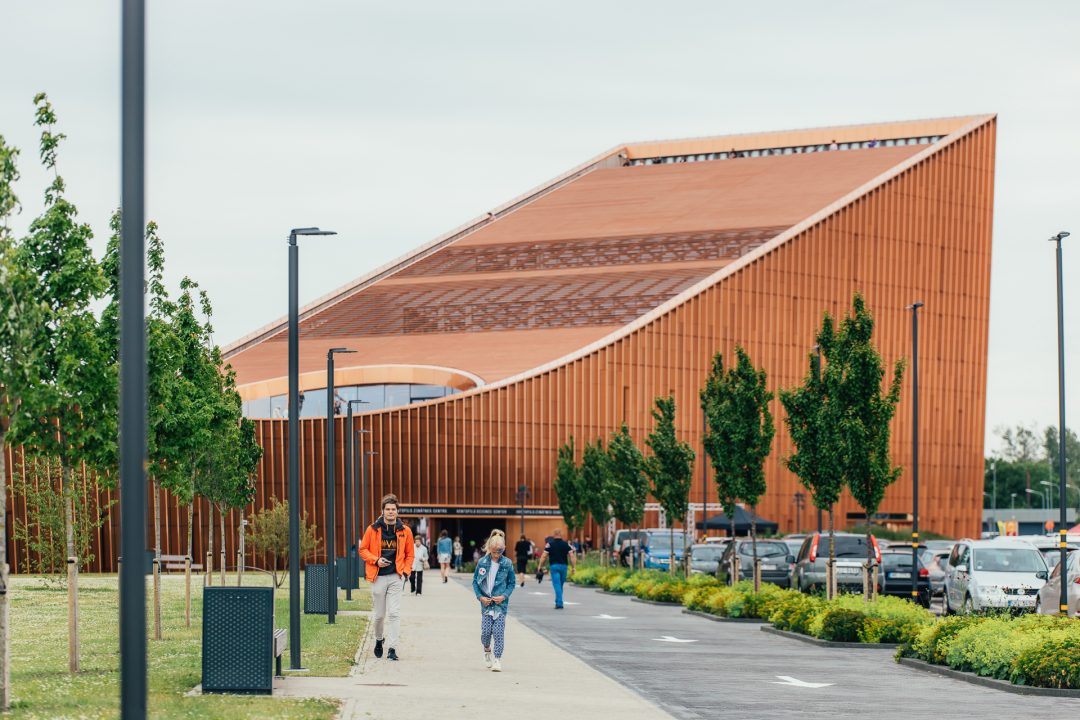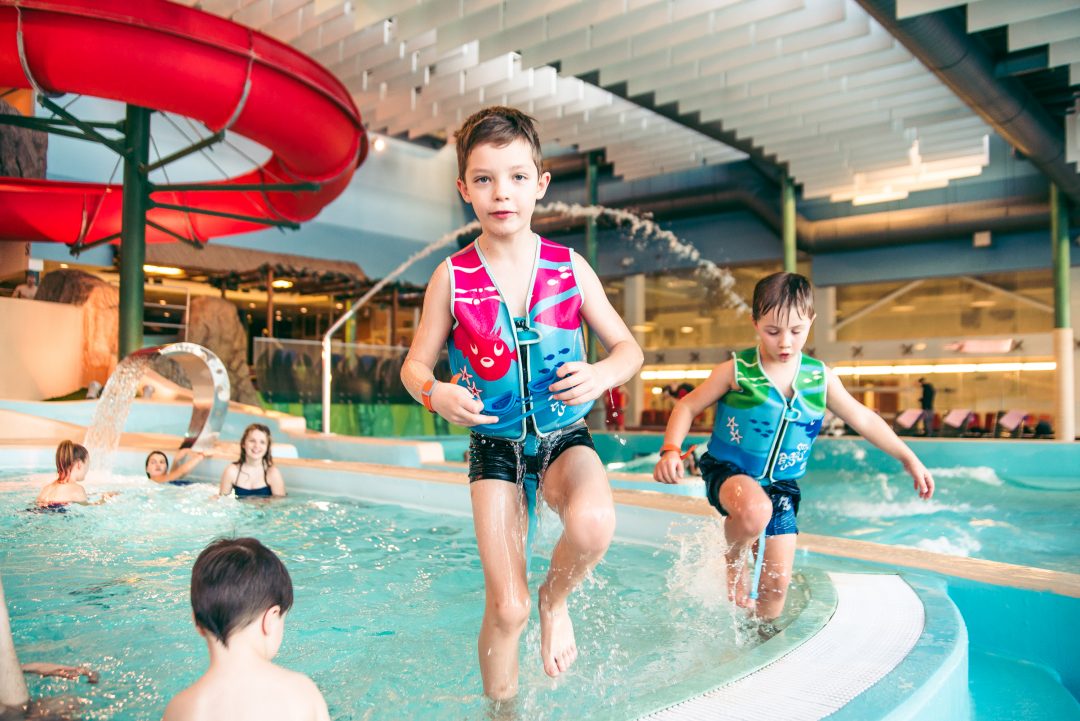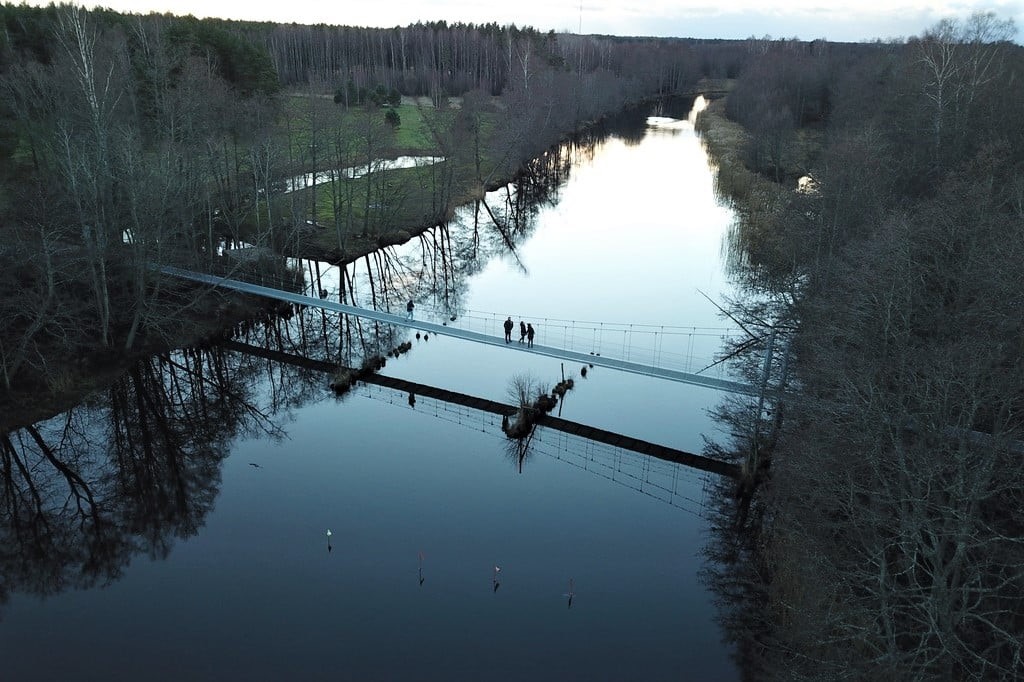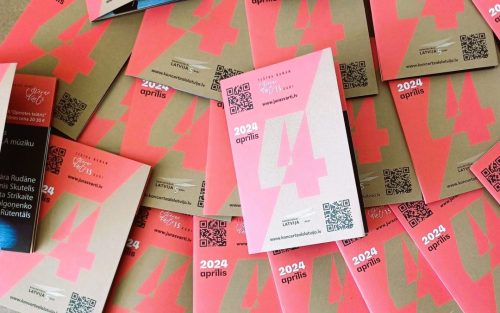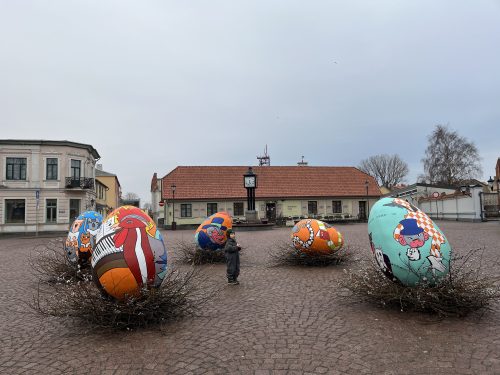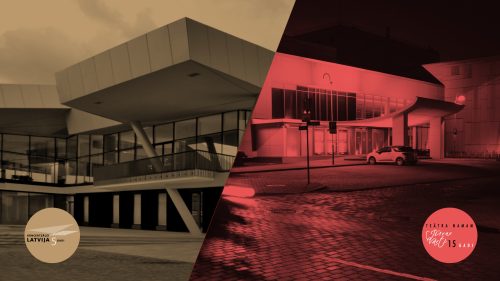In order to promote Latvia’s Livonian roots and Livonian heritage in the Latvian language, cultural space and landscape, the Livonian Institute of Latvia in collaboration with the Latvian National Commission for UNESCO and the Latvian National Centre for Culture declares 2023 as the Year of Livonian Heritage. The Ventspils Museum is also involved in the awareness-raising activities of the Livonian heritage and offers “excursions” to the fishing villages of the Livonian coast.
Lielirbe – Īra
The Ventspils Seaside Open Air Museum still has the railway train Mazbānītis, which was an important means of transport for the people of the Livonian fishing villages in the past. The fourth stop, where we will “get off”, will be Lielirbe, whose Livonian name is Īra.
The village is located on the banks of the River Irbe, at its mouth into the sea. It was first mentioned in historical sources in 1387, then called Irwemünde.
When the academic Anders Johan Schägren went on an expedition to the Livonians in 1846, he was told by the Livonian Jānis Princis, senior that the names of the villages of Lielirbe and Mazirbe were based on the Saaremaa Estonian word “irv” (roe deer). The inhabitants of Saaremaa called Lielirbe Sūr Irvekilā (the big roe deer village) and Mazirbe Piškis Irvekilā (the little roe deer village).
The most Livonian village
At the end of the 16th century, Lielirbe is known to have had 15 farms. At the time of the 1835 audit, there were 9 old farms and 3 forest ranger farms in Lielirbe.
Lielirbe flourished most during the Latvian Free State, when many new farms were built in the village. 1939. In 1939, Lielirbe had about 70 houses with about 300 inhabitants. In the 1920s and 1930s, Lielirbe was not only one of the largest Livonian seaside villages, but also the only one with a Livonian majority. For example, the 1935 census shows that Lielirbe had 336 inhabitants, of whom 208 (62%) were Livonian, the rest mostly Latvians, of course. Lielirbe was home to almost a quarter of all the Livonians in the villages of Kurzeme. The Livonian language was spoken in Lielirbe for relatively longer than elsewhere. –
Unfortunately, the period of occupation of the Soviet Union after World War II brought the village’s life to a halt. At the end of the 20th century there were no permanent inhabitants in the village. “If Lielirbe had not been destroyed during the Soviet period, this would have been the village where families who still spoke the Livonian language would have survived the longest,” writes Baiba Šuvcāne, a Livonian cultural worker and local historian.
There was a harbour and they built sailing ships
A map from the second half of the 17th century shows that Lielirbe also had a harbour, owned by the noblemen von Maydells. The harbour served the needs of the local population in the 19th and early 20th centuries. Trade with Riga, Reval (Tallinn), St. Petersburg and other cities developed during this period, and the port was visited by large boats. Tar, pitch, potatoes were traded.
At the end of the 19th century, sailing ships were built in all the seaside villages of North Kurzeme, but most of all in Lielirbe.
How to cross the river?
The River Irbe has always divided the village into two parts, and the Lielirbeans themselves call them zempuse and jūrpuse. In the old days, a raft was used to cross the river. But after World War I there was no raft. There was a wooden bridge built by the Germans, but it was located in a disadvantageous position at one end of the village, so every spring a substantial wooden footbridge was built across the river.
1932. gadā uzcēla jaunu tiltu uz metāla balstiem, dzelzceļa un pajūgu kustībai, jo vecais koka tilts bija nolietojies un kļuvis nedrošs.
In 1932, a new bridge was built on metal piers, for the railway and carriage traffic, because the old wooden bridge had become worn and unsafe. Today, the former railway bridge is replaced by a pedestrian bridge, renovated in 2020 as part of the project “Preservation, Display and Development of the Cultural and Natural Heritage of North Kurzeme and Tourism Offer” supported by the European Regional Development Fund. The new building of the future Seaside Open Air Museum is also part of this project.
The second life of the Church
The Lielirbe Baptist Church is one of the attractions of the Ventspils Seaside Open Air Museum. As a testament to the spiritual life of the Livonians and Latvians in the 19th and 20th centuries, the church is experiencing its second life there. It was moved to the Museum in 2011-2012. But the building has travelled several times in its lifetime. The consecration of the Church in Lielirbe took place in 1913. However, at the outbreak of World War I, the congregation of Lielirbe had to leave the House of Prayer because it was demolished during the German invasion and moved to the seaside by the River Lielirbe, where it was used as a fish-processing workshop. After the war, the Church was rebuilt by the congregation, some of the materials having been obtained by tearing down the fish factory and some being completely new. It was built on the land given to the congregation by the elder of the congregation, Jānis Andersons, the owner of the “Lakši” farm. The structure was built by the Lielirbeans themselves and was already in use by the congregation in 1923. On 6 July 1923 “Ventas Balss” wrote: “The Baptists here celebrated the opening of their new church on Midsummer’s Day with speeches, recitations and songs. The Ventspils Baptist Church Choir, under the direction of J. Valdmanis, came and sang lovely songs. We were introduced to the past and present of the local church. This is their third house of prayer in over twenty years.”
Today, a memorial sign and a wooden cross mark the spot where the Baptist House of Prayer was located until 2011.
Remarkable people
Researcher of Livonian culture and history Valda Marija Šuvcāne (1923-2007) was born in Lielirbe to Didriķis and Emīlija Blūmi. “My first language was Livonian. But all of us Livonians were bilingual, because without the Latvian language life was impossible,” writes V.M.Šuvcāne about her childhood in her book “Lībiešu ciems, kura vairs nav” (The Livonian Village that no Longer Exists). She not only researched and studied everything Livonian, published books and articles, but also sang for many years in the Livonian song ensemble Līvlist, founded in Riga. The work started by V.M.Šuvcāne is now continued by her daughter Baiba Šuvcāne.
Mārtiņš Lepste (1881-1958) was also born in Lielirbe, and from 1923 to 1938 he was the only teacher of the Livonian language in all five schools of the seaside villages – Miķeļtornis, Lielirbe, Mazirbe, Saunaga and Kolka. The teacher travelled by horse-drawn carriage, being in a different school every day. Lepste himself wrote that he travelled about 4000 kilometres a year.
That is the end of the story about Lielirbe, and we say: “Nēmiz pǟl! (in Livonian – see you!)” until the next “excursion”, when we will visit Jaunciems!
Literature used: Baiba Šuvcāne Lībiešu krasts and Lībiešu krasta stāsti, Valda Marija Šuvcāne Lībiešu ciems, kura vairs nav, Vilis Veldre Dzīve pie jūras, website livones.net.
